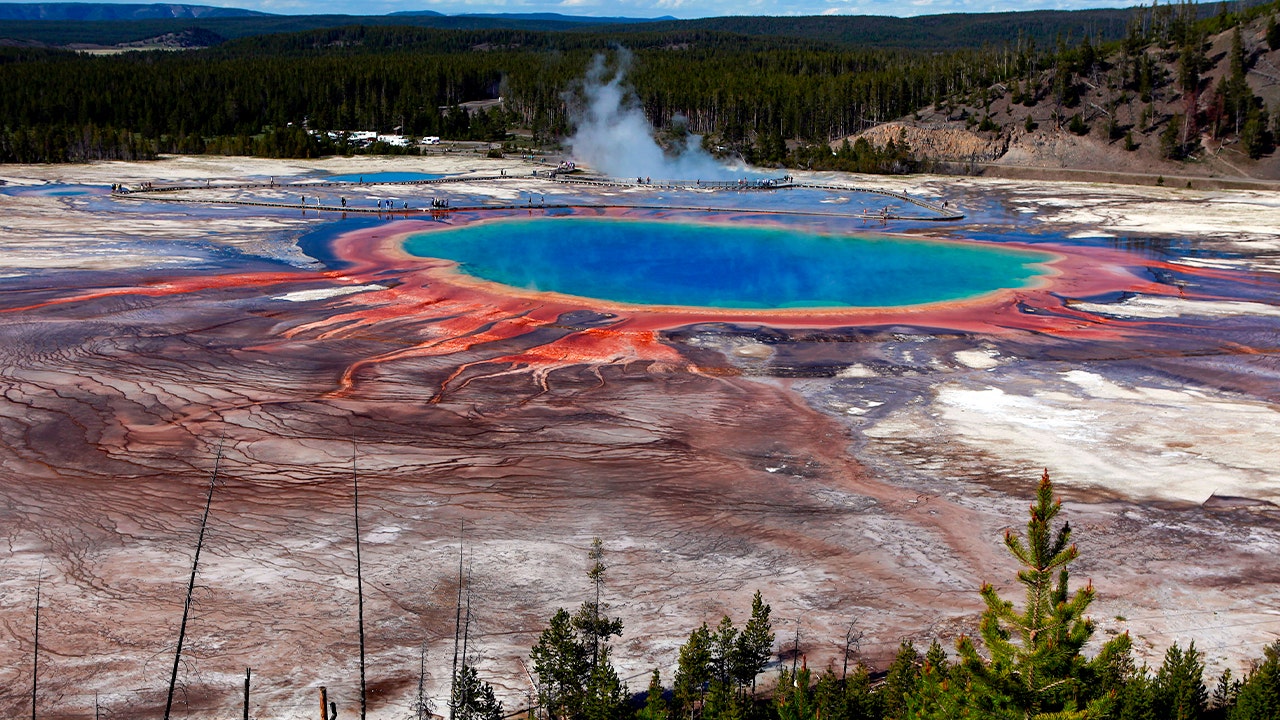Don’t throw away your used coffee grounds after making your morning cup of joe. Coffee grounds are rich in nitrogen, an essential nutrient that your grass and plants need to grow. Rather than buying commercial fertilizers, you can use the grounds as fertilizer to improve the health of your turf and garden plants. Ahead, garden and lawn experts explain why and how to use coffee grounds as food for greenery.
Coffee grounds can be used in unexpected ways, including in the garden. Rob Palmer, lawn expert, landscaper, and brand president at Lawn Squad, explains that coffee grounds are rich in nitrogen, a key nutrient grasses and other plants need to thrive. This nutrient can help improve soil structure when composted or lightly worked into the soil. Nitrogen also helps plants with photosynthesis, the process by which plants use sunlight, water, and carbon dioxide to create energy.
You can use coffee grounds right after brewing a cup of coffee. "After they’ve cooled and dried, sprinkle a thin, even layer of coffee grounds (about 1/2 cup per square yard) over the grass," says Tammy Sons, master gardener and founder of TN Nursery. Then, water the ground lightly so the grounds settle into the grass thatch. You can follow these same steps in your garden beds. "As the coffee grounds break down, they drip-feed nitrogen, improving soil texture and inviting earthworms to aerate the turf for free," says Sons. "I toss coffee grounds on every month during the growing season."
Scatter the coffee grounds widely to prevent potential issues. "Clumpy piles can form a water-repelling crust," Sons warns. This will prevent water from reaching the roots, which may negatively impact the growth and health of your landscape.
Alternatively, you can add coffee grounds to your compost pile. Once the compost is ready, mix it into your soil as a natural fertilizer. Palmer prefers this method over sprinkling coffee grounds over your lawn or garden directly, noting that it helps balance the acidity and prevents compaction, which can block water and air from reaching the roots.
Aside from lawn grass, several plants enjoy coffee grounds as fertilizer. "Plants such as azaleas, camellias, hollies, hydrangeas, lilies, lupines, magnolia trees, and rhododendrons like coffee grounds for their slight acidity," says Lucie Bradley, a gardening and greenhouse expert at Easy Garden Irrigation. The acidity helps maintain the soil pH levels these acid-loving plants thrive in. "Simply mixing dried coffee grounds into the top few inches of their soil will help boost it to suit these plants," she says.
Many edible plants also enjoy the nitrogen in coffee grounds, including blackberries, blueberries, carrots, cucumbers, leafy greens (think kale, lettuce, spinach, Swiss chard), peppers, potatoes, roses, sweet peas, and tomatoes. "However, coffee grounds should only be used to supplement other forms of fertilizer as they don’t contain sufficient nutrients on their own to feed cropping plants," says Bradley.
Bradley says to avoid using coffee grounds when planting seeds or when plants are seedlings as the grounds can inhibit seed germination and stunt the growth of young plants.
While some plants like acidic soil, others prefer alkaline conditions and will not want coffee grounds in their soil. "Plants that fall into this category include achillea, lavender, leeks, lilacs, rosemary, sunflowers, and thyme," says Bradley.
And although coffee grounds contain very little caffeine, plants sensitive to caffeine could be negatively affected by an abundance of coffee grounds in the soil, Bradley warns. "Plants such as asparagus, geraniums, Russian sage, and yucca plants can all show stunted growth by repeated use of coffee grounds," she says.











